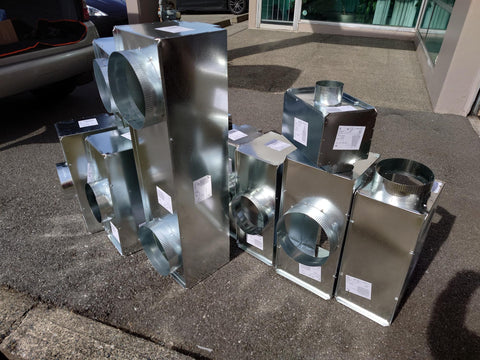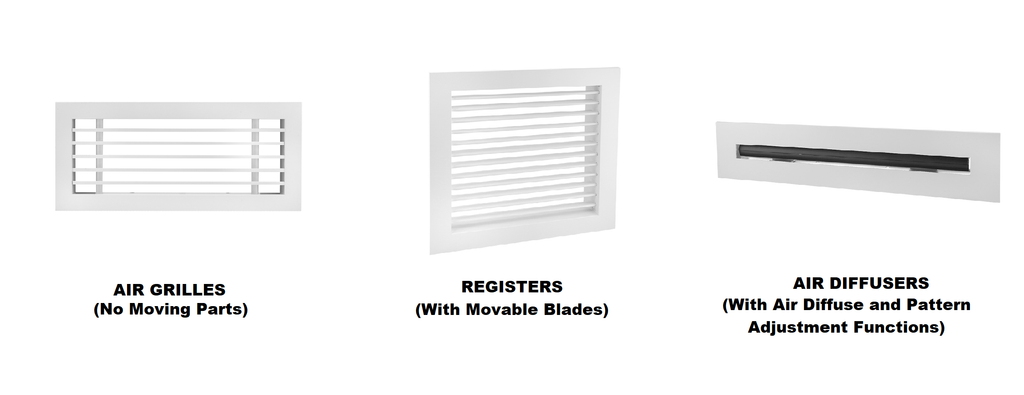Air Vents FAQ
This section covers basic information about air vents selections and characteristics that would assist you to select the proper product for your projects.
Do you make custom air grilles, register, & diffusers (GRD)
-
Yes, we do make customized GRD based on our original product in conjunction with drawings provided by the client. For larger projects we can provide product development service tailored to the project specifications.
Do you offer performance data for your products?
-
Majority of the basic product performance information should be available online or on our product page. Please contact us if you require additional information in regards to our standard product performance data. Our product data are collected in accordance to ASHRAE Standard 70 “Method of Testing the Performance of Air Outlets and Air Inlets (ANSI approved)” or ADC1062R4 (ADC1062:GRD-84).
Do you offer plenums for your products?
-
Yes, our plenums are mostly custom made and they are constructed in accordance to the material specifications of the following standards:

What are air grilles, register, & diffusers (GRD)
- Grilles – Commonly it is a piece of static (no moving parts) hardware that allows air to pass through
- Registers – Usually contains one or more moving components that allows users to adjust the direction of air flow and air volume
- Diffusers – Disperse air into a space in an air pattern for optimized airflow circulation

- High side wall grilles
- High side wall linear grilles
- Low side wall grilles
- Baseboard
- Floor grilles
- Ceiling Diffusers
- Ceiling linear slot diffusers
How do I choose air grilles, register, & diffusers (GRD)? Are there any product performance attributes?
Even though the product appearance might have influenced the initial choice, all HVAC engineers and technicians would look for the following basic attributes when it comes to GRD selections:
| Air Flow Rate | (L/s or CFM) | The amount of air flow in reference to time |
| Static Pressure | (Pa or In.Wg) | The amount of air pressure build up in the plenum |
| Throw | (m or ft) | The distance/range that air pattern would cover in an area |
| Acoustic Level | (NC or dBA) | Noise level generated by the vent w.r.t. the air flow rate |
For Example:

My air vent is noisy or whistling, why is that?
Do you make Plenum Reducers (transform fittings)?
Yes, we can also offer fittings for our plenums if the project requires it. However, we usually suggest the customer to use the exact fitting sizes/shapes on their plenums when placing an order with us.